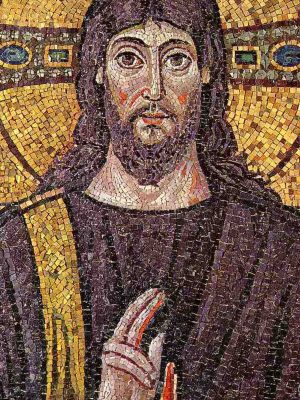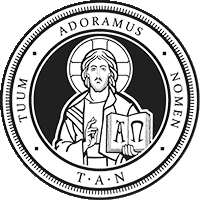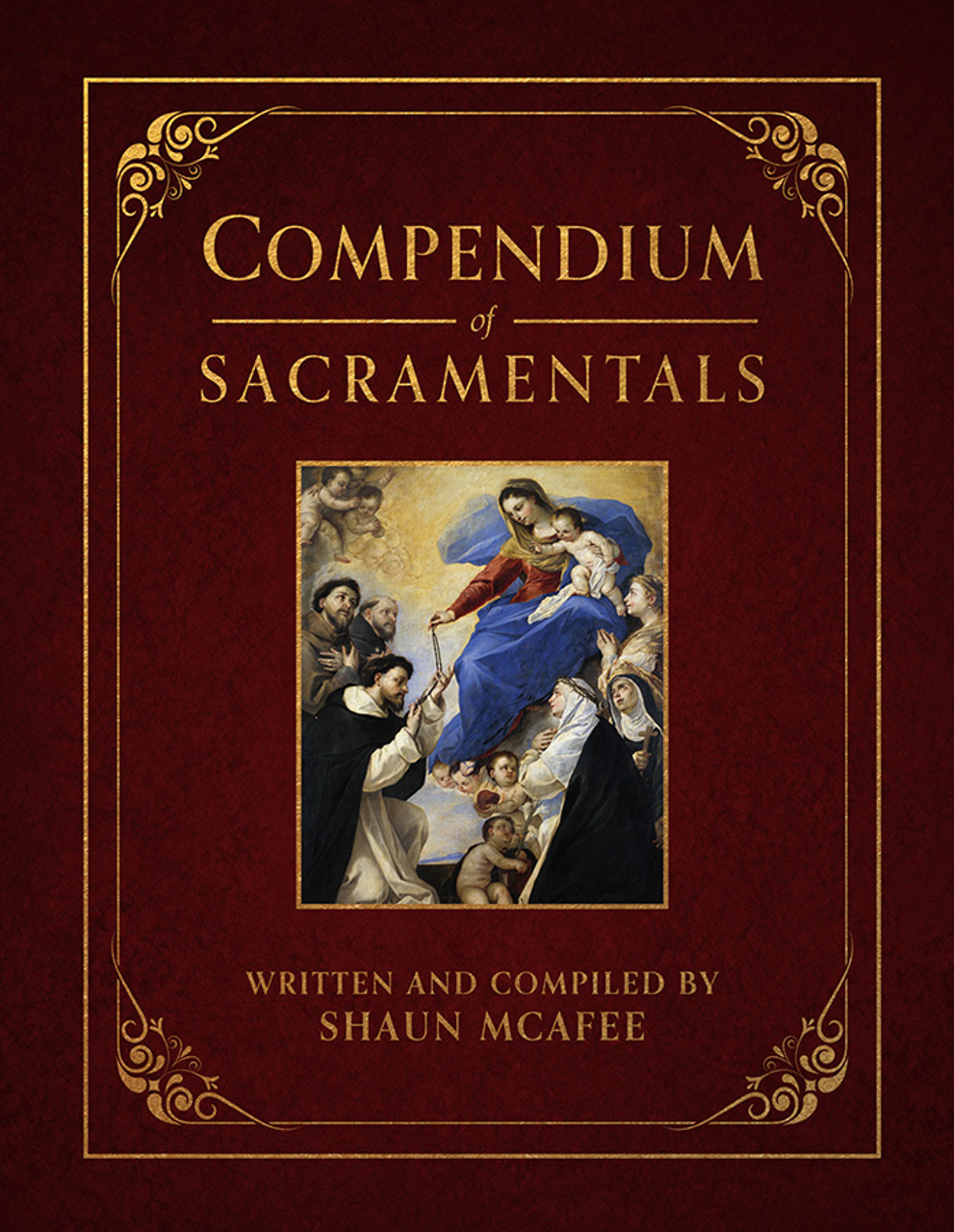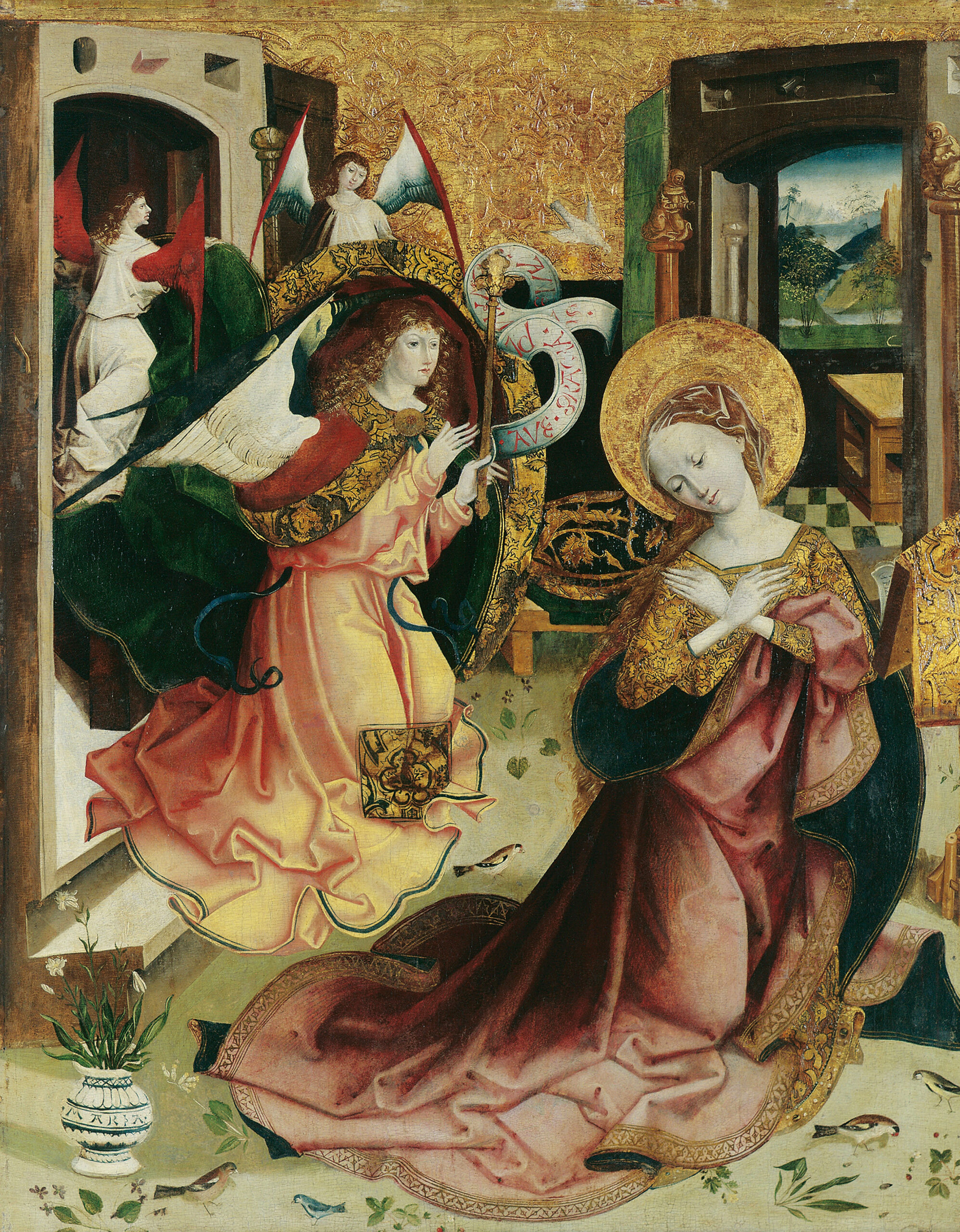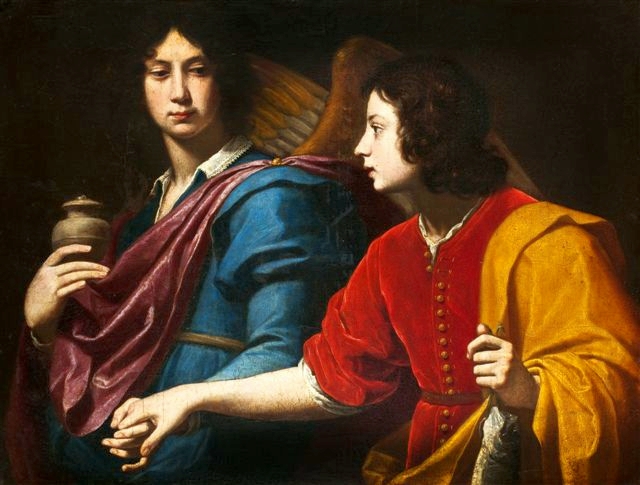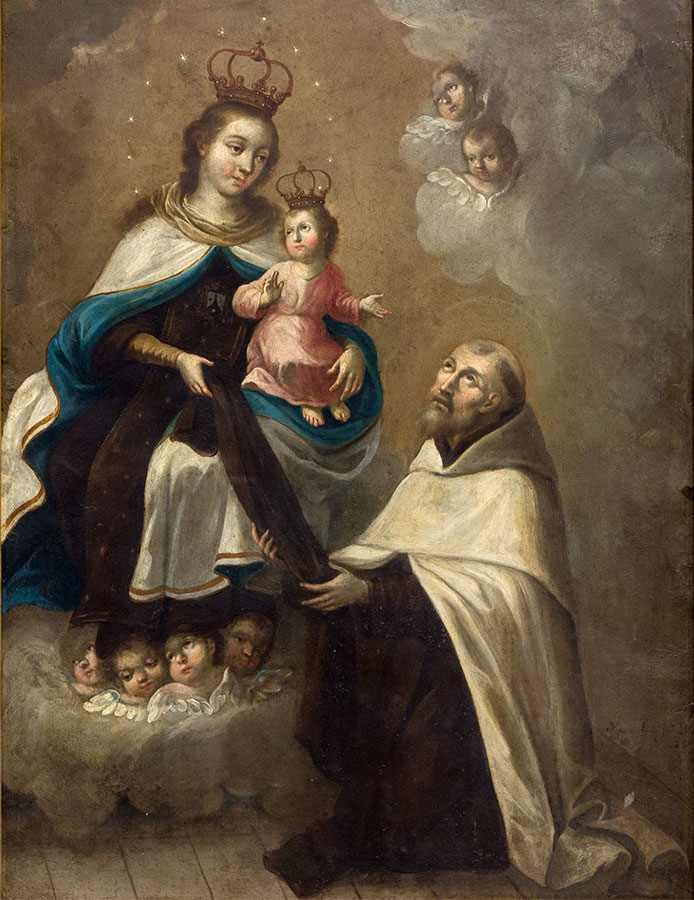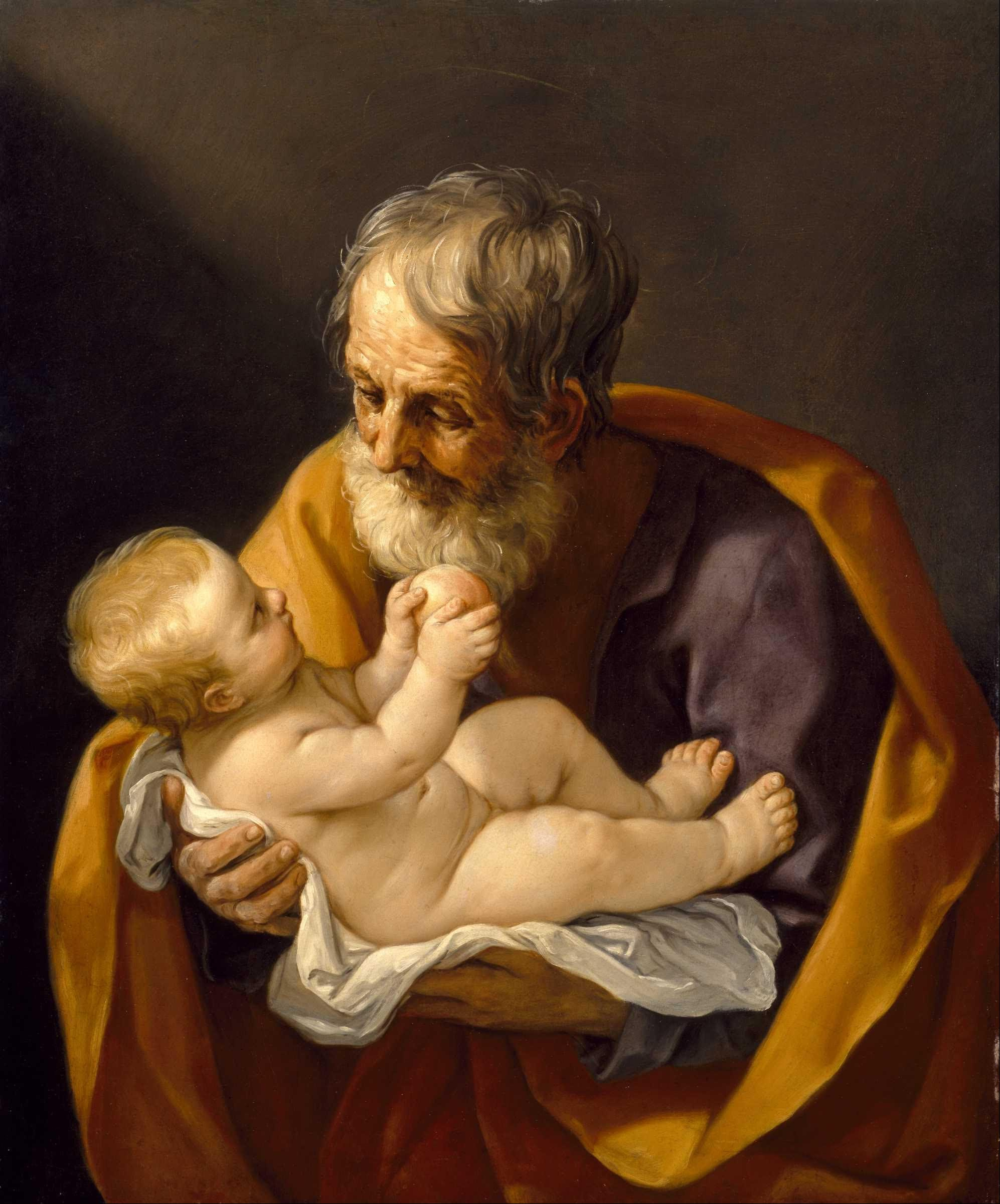The Catholic Faith possesses a treasury of devotions, prayers, and rituals to draw us deeper into the spiritual life. Among these, the Sign of the Cross stands as one of the simplest and strongest prayers on earth.
What Is the Sign of the Cross?
The Sign of the Cross is the most frequently used sacramental of the Church. It is also one of the most distinctive as a Catholic “gesture,” although some Protestant ecclesial communities also use it. If all sacramentals excite good thoughts and increase devotion, then the Sign of the Cross is certainly a chief mechanism. We make this sign at every prayer, every blessing, at several occasions throughout the recitation of the Divine Office, during the Holy Sacrifice of the Mass, and with the celebration of every sacrament of the Church.
The Sign of the Cross goes by many names throughout history. Catechisms, papal bulls, and the writings of the saints and Church Fathers refer to this sacramental as “the sign of Christ” and “the seal of the living God,” making the Sign in starting their prayers while saying, “In the name of Jesus,” “In the name of the Holy Trinity,” and “Our help is in the name of the Lord.” The standard words that accompany the Sign of the Cross today are, “In the name of the Father, and of the Son, and of the Holy Spirit. Amen.”
The Sign of the Cross is first and foremost a prayer of blessing. In fact, it is the perfect way to start a prayer, truly, since Jesus, as God Himself, commanded us to use His name when praying (Jn 14:13–14). Thus, during the Sign of the Cross, we use the name of all of the persons of the Holy Trinity.
The Graces of the Sign of the Cross
St. John Damascene tells us that prayer, at its core, is “an uprising of the mind to God.” This gives the Sign several qualifying aspects. In this prayer, we open ourselves to grace—it prepares us for receiving God’s blessing and disposes us to cooperate with that grace. Applying the words of Tertullian (AD 155–220), this sacramental is used to bless our day and commit our actions to the Lord: “In all our actions, when we come in or go out, when we dress, when we wash, at our meals, before retiring to sleep . . . we form on our foreheads the Sign of the Cross. These practices are not commanded by a formal law of Scripture; but tradition teaches them, custom confirms them, faith observes them.”
Invokes the Trinity
Making the Sign also calls to mind important truths. It recalls the reality and the unity of the Trinity, and that God is three persons with one divine nature. So much is this reality present in the sacramental that Pope Innocent III—in the thirteenth century—commanded that the ordinary Sign of the Cross should be made with three fingers.
Affirms the Incarnation
The Sign also affirms the Incarnation: as the hand moves from the forehead to the breast—the Father to the Son—we are reminded that it was in the person of Christ that God came down to earth and became flesh in the Hypostatic Union. Similarly, by crossing this imaginary line with “and the Holy Spirit” we recognize the procession of the Holy Spirit from the Father and the Son. Of course, it also acknowledges the Passion of Our Lord, who died a humiliating and horrific death on the Cross—further exemplified if the Sign is made with all five fingers extended, corresponding to the five wounds of Christ.
Renews Our Baptism
Cardinal Joseph Ratzinger, who became Pope Benedict XVI, said that the Sign is also a “summing up and re-acceptance of our baptism” since we apply the very same formula, acknowledging the same promises and Faith. For the broad articles of our Faith which it acknowledges, the Sign of the Cross is often called a summary of the Christian Faith.
Drives Out Demons
The Sign of the Cross also stands as an effective exorcism. St. John Vianney said that a devout Sign of the Cross “makes all hell tremble.” And as the medieval preacher Aelfric declared, “A man may wave about wonderfully with his hands without creating any blessing unless he make the Sign of the Cross. But, if he do, the fiend will soon be frightened on account of the victorious token.” The Sign of the Cross is sure to drive away evil.
Witnesses to Others
Because to the world the Sign of the Cross is directly and instantly identified with Catholicism, it stands as a delicate gesture that forms a powerful witness of our Faith to others. As St. Cyril of Jerusalem writes in the fourth century, “Let us not then be ashamed to confess the Crucified. Be the cross our seal made with boldness by our fingers on our brow, and on everything; over the bread we eat, and the cups we drink; in our comings in, and goings out; before our sleep, when we lie down and when we rise up; when we are in the way, and when we are still.”
ooo
This article is taken from a chapter in Compendium of Sacramentals by Shaun McAfee which is available from TAN Books.


